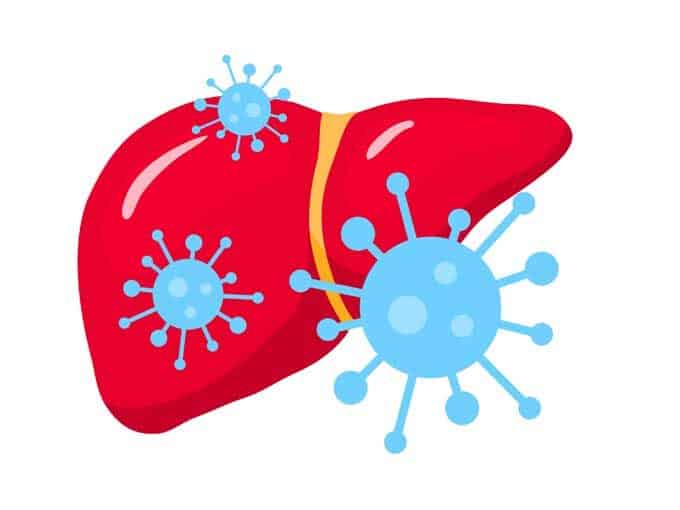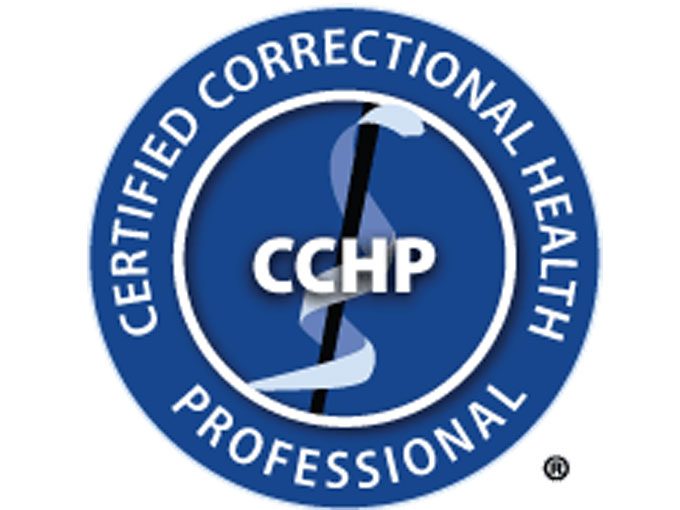
National Viral Hepatitis Roundtable webinar on Monday, April 22
Free webinar on reentry waivers and combating hepatitis C
Home Talking About MOUD in Wisconsin and With You
Milwaukee Jail Commander Inspector Aaron Dobson and I were honored to present a keynote address for the Wisconsin Department of Health Services Opioids, Stimulants, and Trauma Summit on April 16. DHS Interim Secretary Karen Timberlake started off the day with opening comments to an audience of more than 400 virtual attendees.
DHS underscored the importance of the correctional treatment environment by inviting NCCHC to speak at the conference. Clearly jails and prisons can serve as an important treatment venue for a large number of generally underserved patients.
No doubt, treatment in a correctional environment is fraught with challenges. These include barriers on the patient side (such as diversion potential, unwillingness to participate, or even peer pressure not to participate), providers (such as lack of training or lack of interest in treating these patients), and jail administrators (lack of understanding of the disease or lack of willingness to participate). And although the National Academies of Sciences, Engineering, and Medicine firmly established that using medications to treat opioid use disorder (MOUD) saves lives, the federal government has created extremely high barriers to methadone treatment.
Withdrawal
One particular challenge is withdrawal, sometimes known as detoxification. Both of these terms mean different things to different people. An experienced clinician might understand that any opioid abuse patient may be subject to withdrawal (both psychological and physiological responses) and be prepared to treat this, regardless of the overall treatment plan. Others, including nonclinical professionals, might view withdrawal as a necessary component of “coming clean” and will focus on reducing legal risk and preventing the most serious side effects of withdrawal.
There is overwhelming published scientific and other evidence that sending patients with substance use disorder into withdrawal “cold turkey” is dangerous, unethical, and inhumane. The challenge is how best to provide treatment, especially in diverse correctional environments.
Special Considerations in Corrections
There are real risks to introducing medications into a correctional institution, including releasing partially treated patients with no follow-up, or to launching a poorly managed program, which may discourage MAT program development. Nevertheless, every correctional facility should consider those suffering with substance abuse as patients with a disease needing treatment. Medication is an important part of treatment for many patients. However, medication is not for every patient. In addition, medication works best as part of a comprehensive treatment strategy, including postrelease care.
One frequent concern I hear is that treatment with medication is tantamount to replacing one addiction with another. I hear this from many professionals, including from other physicians. I understand this perspective but I think it oversimplifies the problem. Methadone and buprenorphine have gradual onsets of action and produce stable levels of the drug in the brain. As a result, patients maintained on these medications do not experience a rush, while they also markedly reduce their desire to use opioids.
We would not claim that the treated depressed patient is addicted to an antidepression medication or that a diabetes patient is addicted to insulin. The various stereotypes and negative associations with substance use and abuse create an atmosphere that makes it difficult for many to see people addicted to substances as patients in need of treatment.
Where Do We Go From Here?
Take a serious look at providing MOUD in your facility. The National Academies in 2019 announced that providing access to MOUD and behavioral treatment based on national standards in prisons, jails, and detention facilities can reduce deaths, improve long-term health outcomes, interrupt the cycle of recidivism, and minimize litigation.
Start by understanding your environment. Download this free guide, Jail-Based MAT: Promising Practices, Guidelines and Resources. Explore the needs, opinions, and perspectives of not only the patients, but also the providers and administrators. Take this opportunity to educate your colleagues and leaders about the risks and benefits of treatment, but also the risks of failing to treat patients with addiction disorders.
NCCHC Resources has worked with numerous facilities to evaluate and improve their treatment of patients with opioid use disorder. We are available to talk with you about our experiences and how we can be of service to you.
By Brent Gibson, MD, MPH, CCHP-P
Managing Director, NCCHC Resources, Inc.


